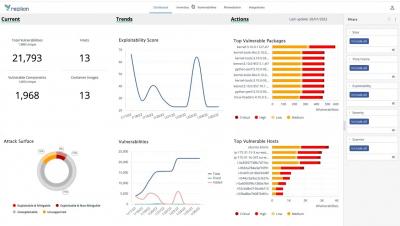Attack Surface Management: Everything You Need to Know
Attack Surface Management (ASM) is the ongoing discovery, inventory, classification, prioritization, and security monitoring of an organization’s IT infrastructure. The attack surface is all of the entry points where an unauthorized user or attacker can pull data from.



